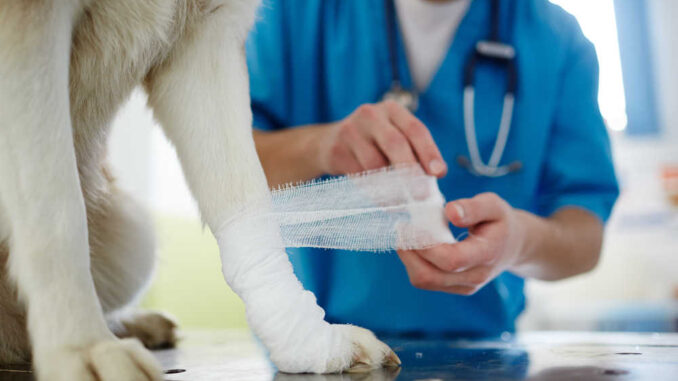
This article was updated on May 24th, 2023
Assessing and treating wounds is an everyday part of my job as a veterinarian. This includes both surgical wounds and traumatic wounds. Wound healing is not always straightforward, and our dogs can be quite prone to wound breakdowns and infections, thanks to their lifestyle and predisposition to lick at their skin while it heals. In this article, I will explain how you can stop a wound from becoming infected, and how to help a wound heal better if infection does occur. Not all infections can be prevented. When they do occur, providing prompt wound care and medication is key for a quick recovery. We will review healing stages & what you can do to speed up recovery.
What are the causes of infected dog wounds?
1. One of the most common causes of a wound becoming infected is when a dog has a surgery (such as a neutering procedure) and the post-op instructions are not closely followed. If a dog exercises too much or licks at their wound, an infection is more likely.
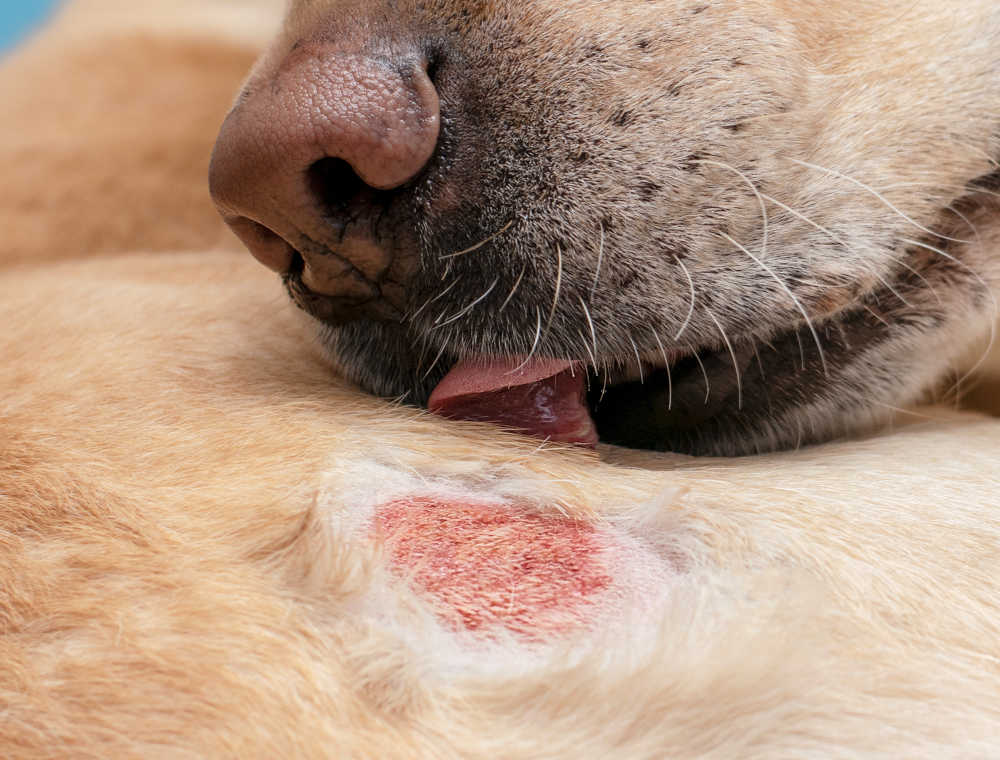
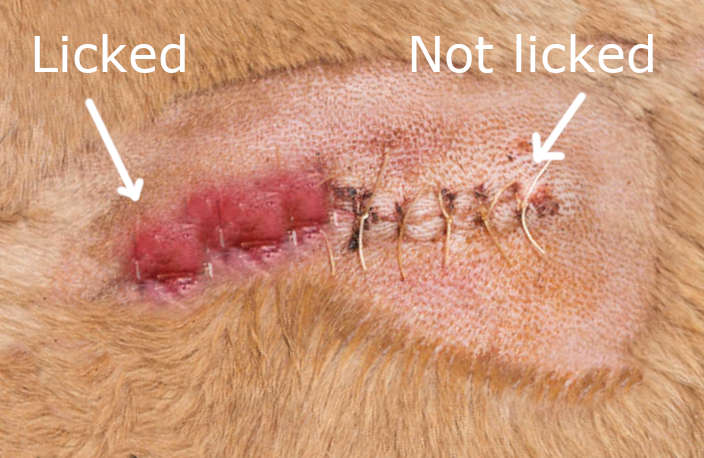
To prevent licking, owners should avail of the E collars (buster collars) and/or pet t-shirts provided by the clinic. While it may seem logical to cover the wound with a dressing or bandage, this is usually not done for long periods with surgical wounds, to allow for ventilation and faster healing.
2. Another time we see infected wounds is when the cause of the wound was something like a road traffic accident, dog bite or cat scratch. In these cases, so much bacteria is ‘injected’ under the skin, that an infection can be almost inevitable.
It is for this reason that we would usually provide these patients with prophylactic antibiotics as soon as they present to us, even if there are no signs of infection.
3. Getting the wound contaminated. If your dog manages to stand in mud or soil and some dirt gets into the wound, this is the perfect opportunity for bacteria to proliferate and cause an infection. This is why wounds on the paws and pads should be covered when a dog is outside, and gently washed once the dog comes back in. Similarly, those who are healing and have open wounds should not be allowed to roll about outside, or to get dirty.
How do I know my dog’s wound is infected?
Signs of infection can include:
• Red skin surrounding the lesion
• Localised swelling and/or heat
• Irritation or pain
• Discharge that is yellow or green and that has a foul smell
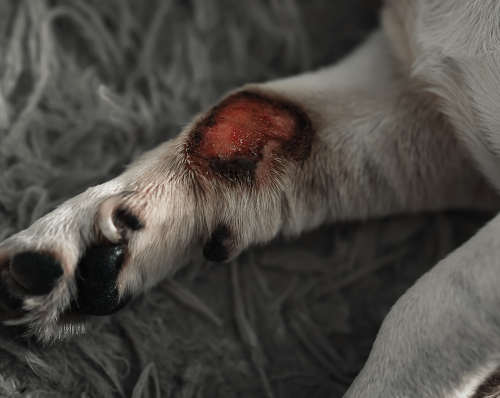
More serious infections can cause a dog to feel unwell, if they spread around the body. In these cases we may find that the dog is lethargic, off their food or running a fever. Learn more with our article featuring Pictures of Incision Infections in Dogs (with veterinarian advice).
What are the healing stages of dog wounds?
There are four stages of wound healing, that will overlap, rather than occurring one after the other.
• Hemostasis. When wounded, the body will firstly try to stop the bleeding. This is done by recruiting platelets and fibrin to allow clotting, while constricting the blood vessels. The body also releases various chemicals (such as growth factors) to help with the clotting process. This is the quickest phase and it is usually finished within 15 minutes.
• Inflammatory phase. The body’s white cells work hard to ‘clean’ the wound and deal with any bacteria present. More blood is recruited to the damaged tissue and there will be some local swelling. This phase is usually completed within two days, but can take longer.
• Proliferation. By this point, the body is starting to repair itself and new blood vessels and skin cells are developing. While this stage begins within a few days of injury, it takes several weeks until completion. When dealing with a surgical wound rather than a traumatic wound, this phase is much quicker.
• Remodeling and maturation. This is when the scar forms and settles and the tissue grows stronger. A long phase, it lasts up to two years. After this point, any scar remaining will be permanent.
What can I do for my dog from home?
The first step would be to ensure the wound is being kept clean and dry. This may mean having to use an E-collar or pet t-shirt, depending on the location of the wound.
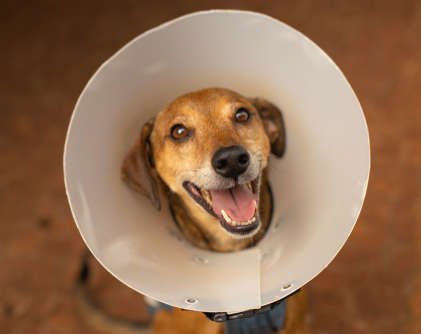
Next, owners should gently clean away any ooze or pus with cotton wool and warm, salt water. An alternative to salt water would be a diluted antiseptic such as Chlorhexidine.
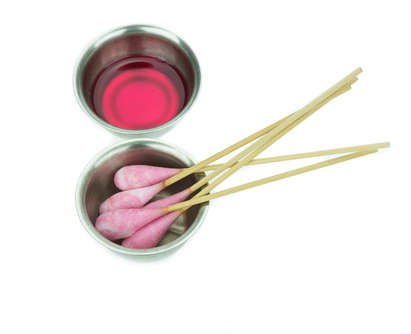
Encourage rest and just bring your dog on short walks on the lead. We do not want them to over exert themselves, or to put any excess pressure on their wound.
It is also sensible to ensure your dog is being fed a nutritionally rich diet, with all of their required vitamins and minerals. A diet that is lacking in any nutrients (as many home-made diets are) can lead to delayed wound healing and a poorer immune response to infection.
Should I have my dog seen by their vet?
If you suspect your dog’s wound is infected, the sooner they can be seen by their vet the better. While you don’t need to rush them to the emergency clinic at 2 a.m., we would want them seen within 24 hours.
This is so the vet can assess the lesion, flush it out and start the correct medication. For bacterial infections, the sooner antibiotics are started, the better.
You vet may swab the wound to determine which bugs are growing. This allows them to tailor the treatment to your vet; ensuring they’re being dispensed the best antibiotics for the job. As swabs can be costly and it can take up to one week for results, they aren’t always appropriate. However, they are especially useful in cases where infections are not improving.
What are the ways you can help a dog recover from infected wounds?
It can be a real worry when our dog has an infected wound, and we’ll want to get them better quickly. Thankfully, there are things that can be done to help.
Primarily, follow all of the instructions set out by your vet and ensure you contact them right away if you have any concerns about how the wound is healing.
Depending on the location and type of wound, your vet will likely advise you clean it regularly. Typically, bandages and dressings are not recommended when a wound is infected, as they can trap the infection inside. They create warm and moist conditions which may speed up the proliferation of the bacteria.
Be sure you’re providing your dog with the right medication at the right times. We do not want to miss a dose. While antibiotics don’t always taste nice, they can be hidden in tempting foods such as warm sausage and chicken. Try to give them just before a meal, when your dog will be at their hungriest.
Why you should take infected dog wounds seriously
Infections can quickly worsen and spread and delaying treatment can result in larger wounds that take a long time to heal. Not only this, but they cause your dog distress and discomfort, so they are absolutely something we want to address ASAP.
Delaying the treatment of infected wounds will mean they take longer to heal and will end up costing more money due to the need for increased medicine and vet visits. In some instances, we may even need to treat larger infections under an anesthetic, while we debride them and remove any dead tissue.
Frequently Asked Questions
Can I use over-the-counter products to treat my dog’s infected wound?
While we can use over the counter antiseptics to clean wounds, infections require prescription antibiotics, which a vet will issue. These will usually be oral antibiotics.
How can I help my dog’s infected wound heal fast?
Improve healing times by following all vet instructions. This means strict rest and no licking or chewing at the wound. It also means giving medication as prescribed and being seen for a prompt check-up if the wound is not healing as expected.
Why do dog bites lead to infection rapidly?
Wounds such as dog bites tend to causes abscesses (a build up of pus due to an infection) as dog’s mouths are teeming in bacteria. This bacteria goes under the skin of the dog who has been bitten, and an infection is almost inevitable.
Is my dog in pain because of the infection? Should I use pain medication?
Infections can cause pain, yes. This is especially true with more extensive infections and when more sensitive areas of the body are infected. If required, your vet will issue your dog pain relief and anti inflammatories.
Related posts:
Disclaimer: This website's content is not a substitute for veterinary care. Always consult with your veterinarian for healthcare decisions. Read More.


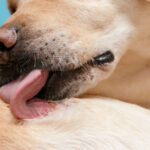
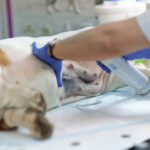
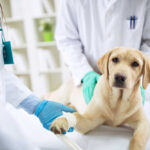
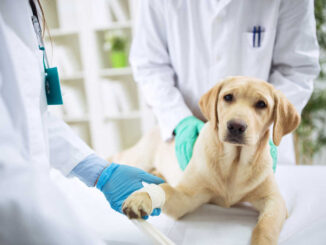
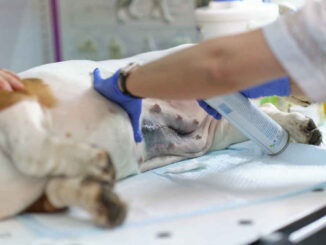
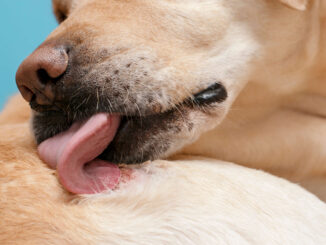
Be the first to comment